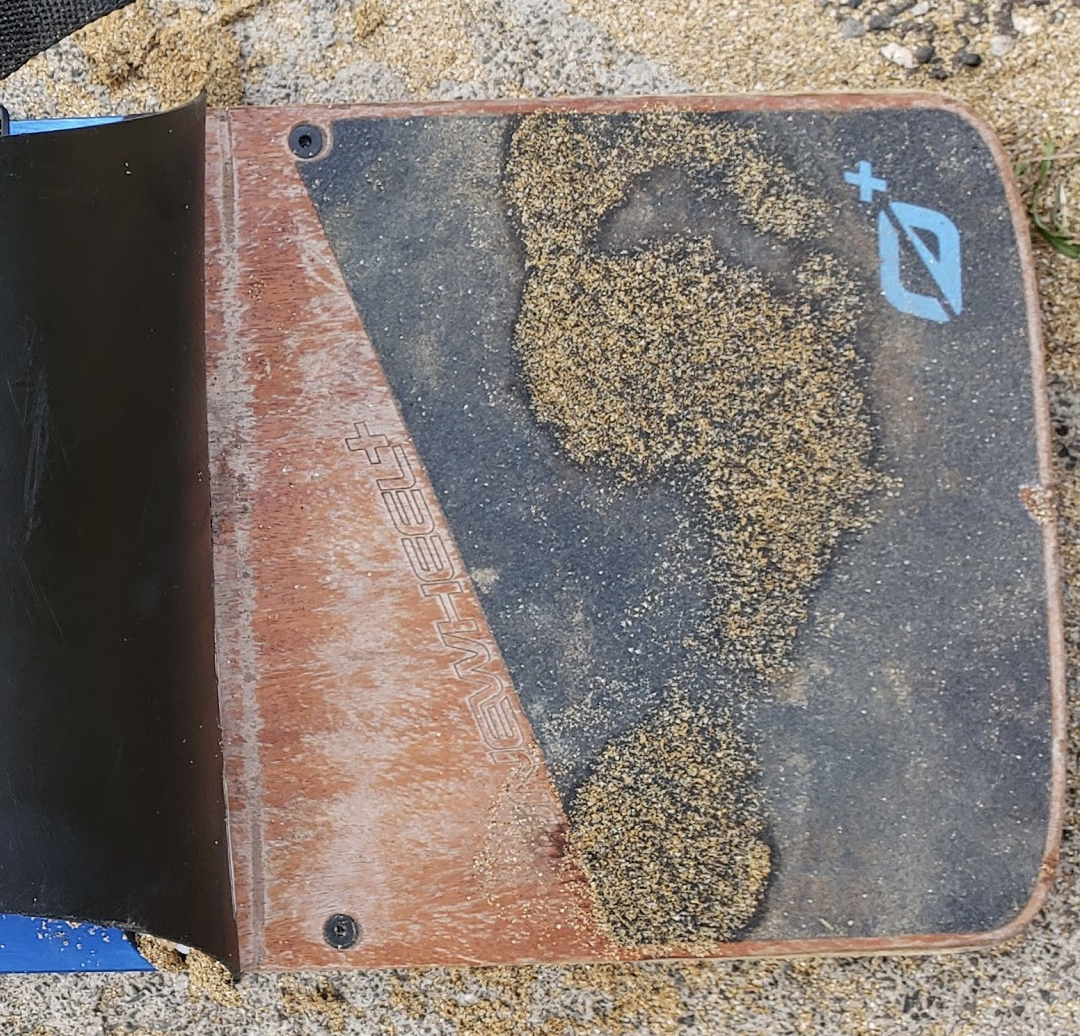We’ve moved! Check out our FULL article here. Summary below.
Riding a Onewheel on the beach may seem like a breeze, as shown in videos and commercials, but it comes with its challenges. Here are some tips for beach Onewheel riding:
1. **Onewheel’s Water Resistance**: It’s crucial to understand that the Onewheel is not waterproof, despite prior claims. It is, in fact, water-resistant, capable of withstanding brief exposure to small amounts of water. Riding it into the water or exposing it to heavy moisture can cause severe damage, leading to voided warranties and costly repairs. Saltwater, in particular, is harmful to electronics, so ensure your Onewheel stays dry.
2. **Challenging Sand Riding**: Riding on sand isn’t always easy, as dry, loose sand can cause the wheel to dig in and get stuck when it encounters uneven surfaces. To make sand riding more manageable, look for smooth, firmly packed sand near the water, but avoid going too close to the waves to prevent damage.
3. **Stick to Established Paths**: If you want to avoid the challenges of sand riding and potential board damage, stick to established beach walking and riding paths. These paths have been used for biking, skateboarding, and rollerblading for years and provide ideal routes for Onewheel cruising.
4. **Security Measures**: Onewheels are valuable and can be tempting targets for theft. When you head into the water, it’s essential to ensure your board’s safety. You can either ask someone in your group to keep an eye on it or use a lock to secure it to a lifeguard tower or another sturdy structure. Covering your Onewheel with a towel when not in use can also help deter theft.
5. **Protect from Sunlight**: Onewheel’s stock grip tape adhesive can be affected by extreme heat. To prevent the grip tape from shifting due to loosened adhesive, avoid leaving your board in direct sunlight. You can cover it with a towel when not in use to protect it from the sun’s rays.
6. **Bring a Charger**: Riding on sandy surfaces can drain the battery faster than usual. It’s a good idea to bring a charger to avoid being stranded with a dead board. Expect a significantly reduced range compared to your typical Onewheel rides.
7. **Attract Attention**: Riding a Onewheel at the beach will undoubtedly draw attention from curious onlookers. Be prepared to engage with people and share your enthusiasm for the board.
8. **Cleaning After the Beach**: Avoid rinsing off your Onewheel, as this can lead to water damage. Instead, shake and brush off excess sand, then use a damp rag or towel to clean the board. For the grip tape, which can be trickier to clean, consider using a rubber cleaning stick.
Following these tips will help you enjoy your beach Onewheel rides safely and make the most of this exciting experience.
Keep reading our FULL article here.
